November 2nd, 2018

WHEN UPPER AND LOWER DENTAL MIDLINES do not line up and the lower jaw moves to the side on closing, these are signs of a bite functional shift.

When The Upper Arch Is Too Small For The Lower...
When the upper arch is too narrow or too small for the lower jaw, the lower jaw is forced to move to the side when closing. The unwanted movement, called a functional shift, temporarily relieves discomfort by creating a maximum tooth biting surface for chewing. The unnecessary jaw movement can be eliminated by upper arch expansion and comprehensive orthodontic treatment.
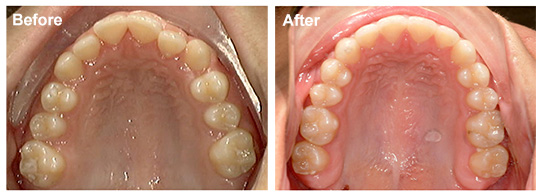
The Imbalance Can Be Fixed
The upper jaw may also be too small for the face and the lower jaw. This is called maxillary deficiency. The backward position of the upper jaw can be corrected with Class III rubber bands, reverse pull headgear, or an upper jaw surgical advancement procedure.
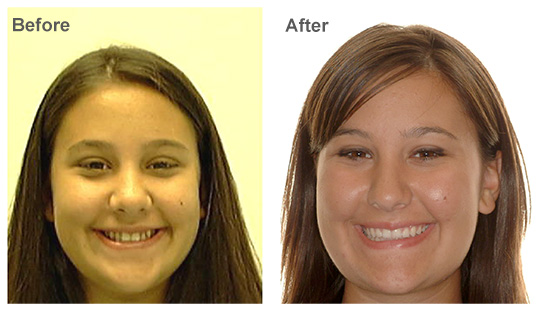
This case was treated by board certified orthodontist Dr. Ann Marie Gorczyca of Gorczyca Orthodontics in Antioch, California.
If you have questions about midlines that don’t line up or a jaw functional shift, call us at 925-757-9000. Visit us at www.clubbraces.com.
Straight dental midlines are important. Eliminate your bite functional shift to get your smile into high gear.
Top image used under CC0 Public Domain license. Image cropped and modified from original.
The content on this blog is not intended to be a substitute for professional medical advice, diagnosis, or treatment. Always seek the advice of qualified health providers with questions you may have regarding medical conditions.
Tags: Antioch, orthodontist, dentistry, orthodontics, braces, Dr. Gorczyca, Gorczyca Orthodontics, crossbite, expansion, posterior crossbite, anterior crossbite, Class III, dental midlines, functional shift, jaw shift, jaw surgery, maxillary advancement, maxillary expansion, orthognathic surgery, reverse pull headgear
Posted in Blog | No Comments
August 25th, 2015

WITHIN FAMILIES, it’s obvious that facial features are hereditary. The best known example is the Habsburg Family, a royal family with large lower jaws.
Anterior crossbites, openbites, or both are seen in parents and grandparents, aunts and uncles, siblings, and cousins of large lower jaw patients. Inheritance is strong. In a recent study, the heritability of mandibular prognathism (large lower jaw) was estimated to be 0.316 and autosomal dominant, suggesting a major gene influences large lower jaw growth.
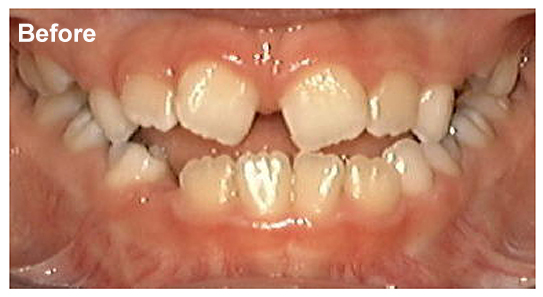
Large lower jaws are present as early as age 7. This is why when your orthodontist sees an underbite or openbite with a large lower jaw, they will do an in-depth analysis of jaw growth as well as take a careful family history for large lower jaw, called Class III skeletal malocclusion.
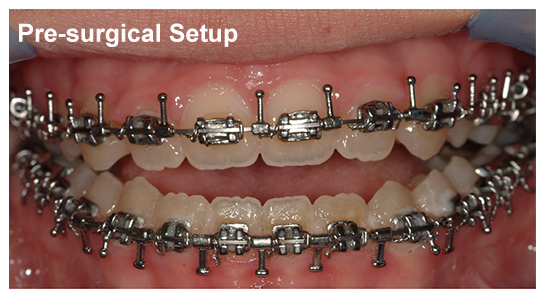
Genetically programmed large lower jaw growth cannot be prevented. Maxillofacial surgeons have been doing large lower jaw surgery for decades and often do several hundred per year. This surgery may be done at age 16 in females and age 21 in males. Your orthodontist can take a hand-wrist film to look at radius bone growth completion to determine the best time for orthognathic surgery (jaw surgery).
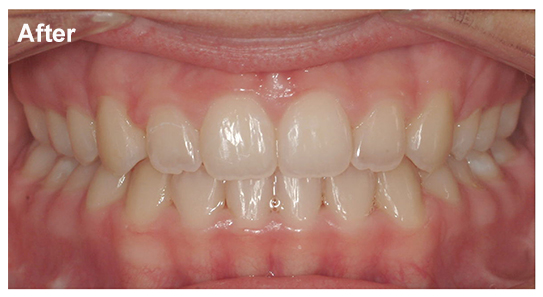
This case was treated by board certified orthodontist Dr. Ann Marie Gorczyca of Gorczyca Orthodontics, Antioch, CA. Find us at www.clubbraces.com or call us at (925) 757-9000 to schedule a complimentary jaw assessment.
Find out if you have the royal jaw. If you would like a commoner smaller lower jaw, we're here to help.
Tags: openbite, anterior crossbite, Class III, maxillary advancement, orthognathic surgery, large lower jaw, prognathism, mandibular prognathism, skeletal class III, Class 3, Underbite, maxillofacial surgeon, mandibular setback, hand wrist film, skeletal malocclusion
Posted in Blog | 1 Comment















